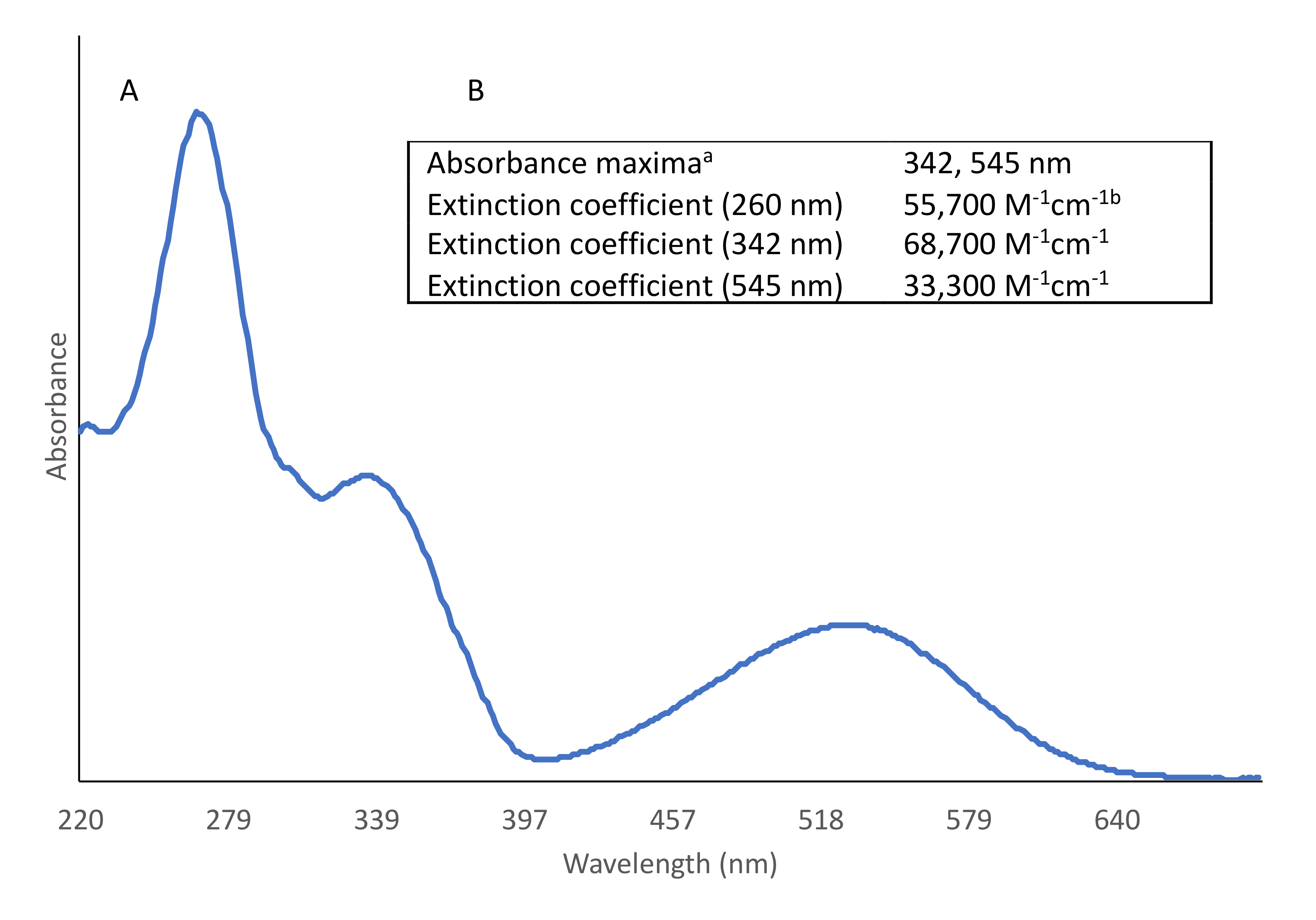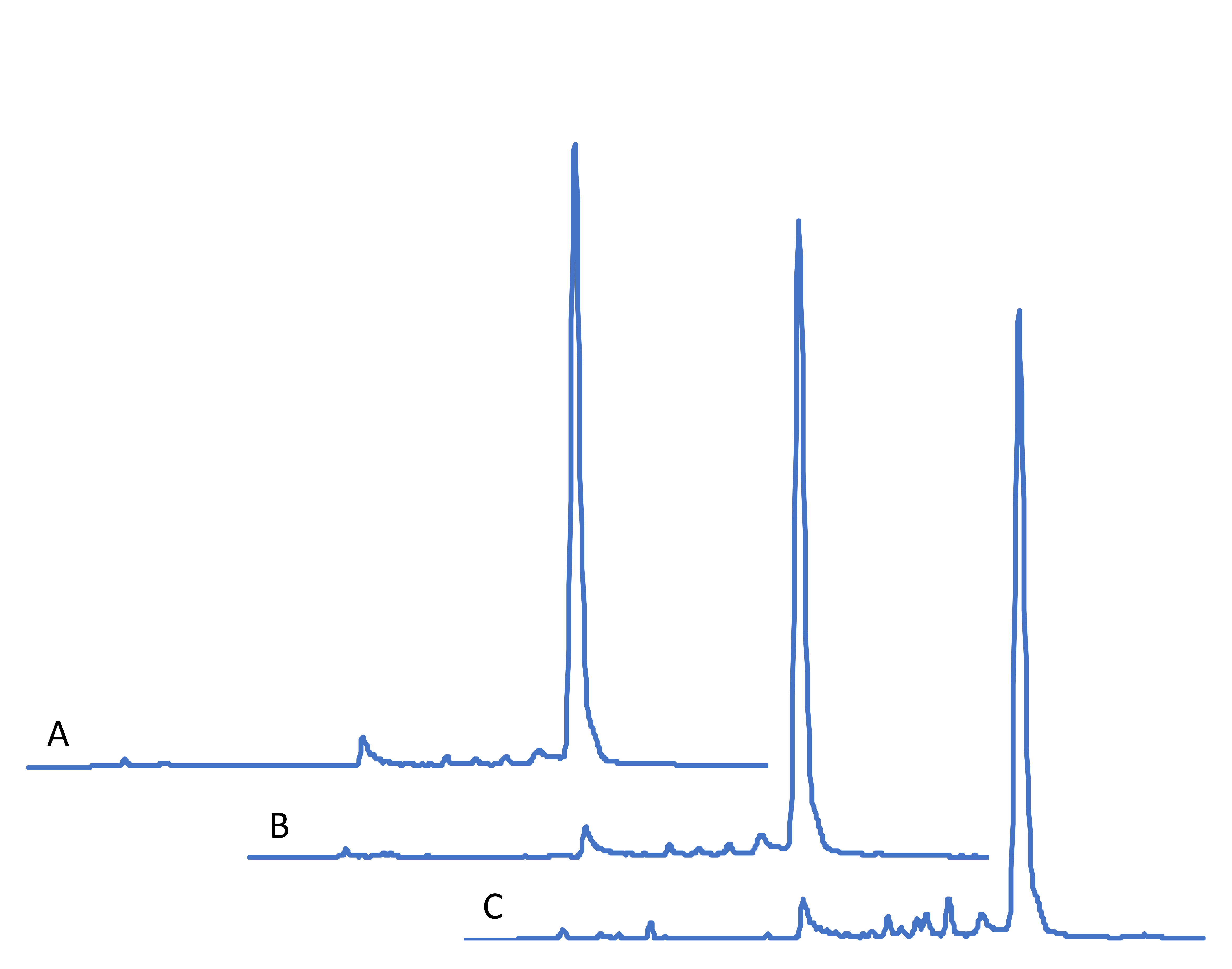Otherwise known as MGB TaqMan®, TaqMan® MGB and TaqMan® MGB-NFQ
probes, MGB Eclipse® hydrolysis probes are effective and have been
widely used for close to twenty years. They work in the same way as
traditional TaqMan® probes. 5’-Fluorophore and 3’-quencher dual-labeled
short oligonucleotide probes complementary to the DNA targets are
degraded by Taq DNA polymerase during the primer extension portions of
PCR, which results in a linear relationship between fluorescence and
amplified PCR product. With the additional MGB, melting temperatures are
notably increased, allowing probes of shorter length. This is
particularly attractive for mismatch discrimination.1
MGB Eclipse® hydrolysis probes have been used in a wide range of
applications, including pathogen detection, SNP detection, viral load
quantification and mutation detection. These probes continue to be
popular.2 Using RT-qPCR, MGB Eclipse® hydrolysis probes were
recently used to quantify the transcripts of three different proteins to
understand how the presence of a common gut bacterium influences
porcine immune cells.3 In another investigation, similar
probes were used to study cell free amounts of three mitochondrial gene
fragments in the serum of patients who had suffered aneurysmal
subarachnoid hemorrhage, a type of stroke.4 This study
investigated the relationship of these gene fragment concentrations with
post hemorrhage complications and clinical outcomes. In a third recent
publication, these probes were used to detect a mutation of epidermal
growth factor receptor (EGFR) associated with lung cancer.5
The MGB Eclipse® hydrolysis probe was used in a 6-color digital PCR
assay for the monitoring of EGFR mutations. In the first two studies,
MGB Eclipse® was paired with FAM, and in the third study, MGB Eclipse®
was paired with ROX.

Figure 1. MGB Eclipse® structures
The structure of the MGB Eclipse® CPG is very close to that of the 3'-CDPI3
MGB™ CPG (Figure 1). The only difference is that the linker between the
tripeptide and the DMT is increased in length by 2 atoms to accommodate
a branched position for the quencher. As a combination of two
modifications, MGB Eclipse® exhibits spectral properties that retain the
absorbances of both of its two components (Figure 2). The absorbance
maximum of the MGB is red-shifted from 340 to 342 nm, while the
absorbance maximum of the Eclipse is red-shifted from 530 to 545 nm. The
Eclipse absorbs in the approximate range of 400 to 640 nm, but it
should be noted that MGB Eclipse will work with far red-emitting
chromophores as well.

Figure 2. Absorbance of MGB
Eclipse®. A. Absorbance spectrum of DMT-T10-MGB Eclipse®. B. Spectral
properties of MGB Eclipse®. aMeasured for T8-MGB Eclipse®. bMGB Eclipse®
contribution only.
Since the Eclipse® quencher is highly stable and safe to all standard
deprotection methods, the MGB portion dictates the conditions of
synthesis and deprotection. Similar to the use of 3'-CDPI3
CPG, UltraMild synthesis and CSO oxidation are recommended in order to
achieve the best results. If standard monomers and iodine oxidation are
used, acceptable results can be obtained when deprotection is performed
in NH4OH/EtOH 3:1 (v/v) for 17 hr at 55 °C.
To better understand the behavior of MGB Eclipse® under deprotection
conditions, additional tests were performed. A poly-T sequence was
synthesized on the MGB Eclipse® CPG using CSO oxidation, and the
deprotection was carried out with ammonium hydroxide in three different
environments: room temperature for 2 hours (UltraMild), room temperature
for 17 hours, and 55 °C for 17 hours (Figure 3). These conditions
simulate what would be required to deprotect iPr-Pac-dG, dmf-dG and
ibu-dG, respectively. As expected, UltraMild deprotection looked
relatively good. When the deprotection was extended overnight,
oligonucleotide quality was not reduced significantly. However, this did
not hold true when the reaction was incubated at 55 °C overnight.
Prolonged heating in ammonium hydroxide clearly damages the MGB Eclipse®
and should be avoided. Based on these results, the use of dmf-dG and
CSO oxidation is another viable alternative for producing MGB Eclipse®
oligonucleotides of good quality.

Figure 3. MGB Eclipse®
oligonucleotide chromatograms. DMT-T10-MGB Eclipse® on CPG was
deprotected with ammonium hydroxide at room temperature for 2 hours (A),
room temperature for 17 hours (B) and 55 °C for 17 hours (C). After
deprotection, the oligonucleotides were analyzed by RP-HPLC.
MGB Eclipse® is an excellent modification for qPCR probes. By
providing the CPG for this modification, our customers will now have a
more standard and readily accessible tool in designing qPCR assays for
existing and future needs.
Trademark Information
TaqMan® is a registered trademark of Roche Molecular Systems that is
licensed exclusively to Applied Biosystems Inc. for use in certain
non-diagnostics field.
Eclipse® is a registered trademark of ELITechGroup® Inc.
If you cannot find the answer to your problem then please contact us or telephone +44 (0)1954 210 200